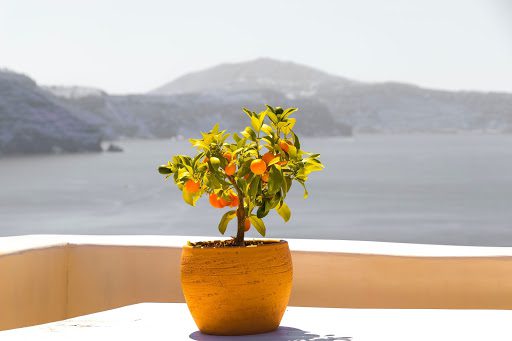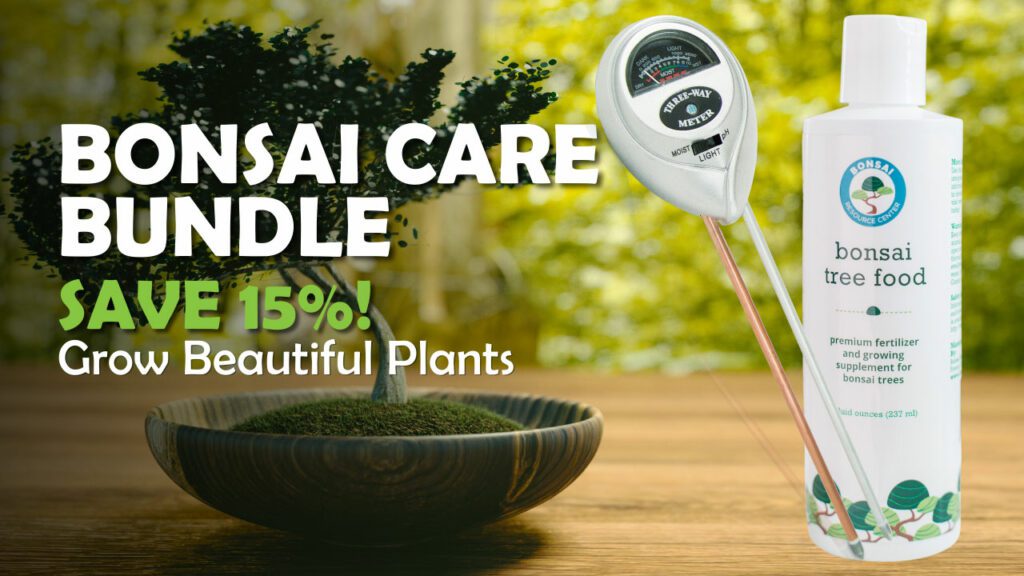When Tiny Trees Give You Lemons—Make Lemonade!
A common misconception is that bonsai trees are their own species of tree. In reality, the “bonsai effect” can be achieved with almost any type of tree—including fruiting varieties! This article digs into everything you need to know to select and care for a bonsai fruit tree.
Benefits of a Bonsai Fruit Tree
While there are numerous mental and physiological benefits to growing bonsai in general, bonsai fruit trees add a few extra perks to the equation:
- Great taste, less space: Depending on the species, a bonsai fruit tree can provide fresh, edible fruit to those without space for a life-sized tree.
- Added beauty: Bonsai fruit trees are particularly enchanting to look at. Some species flower year-round, while others produce fruit nearly as large as the tree itself.
- More fruit = more fun: This goes without saying, but a short walk to the patio for fresh lemonade beats a trip to the grocery store any day.
The Best Bonsai Fruit Trees
So you’re considering a bonsai fruit tree. (Good idea!) Your first step? Pick a species. In general, you’ll have the best luck with a tree that is native to your region. However, as long as the tree is compatible with the weather where you live (or you are able to replicate its ideal conditions), you should be able to grow a healthy bonsai.
This USDA Hardiness Zones map can help you determine whether a particular tree will do well where you live. Use it to determine the “zone” in your region and cross-reference it with the bonsai fruit tree that has caught your eye. The following species are popular and durable species grown in many places around the United States.
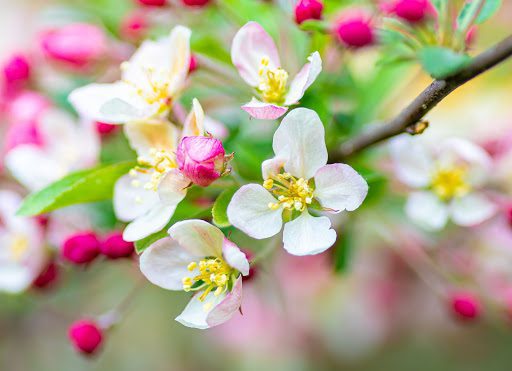
Crabapple Bonsai Fruit Trees
The crabapple tree is a deciduous, hardy species and a popular bonsai. This gorgeous, flowering tree is a major shape-shifter. White or pink flowers mark the start of the growing season, joined later by delicate green foliage and clusters of crabapples. Common crabapple bonsai varieties include Calloway, Carmine, and Harvest Gold.
Crabapple Bonsai Care
- These trees love sunlight: find them a home outdoors in full sun.
- They’re thirsty too! Make sure their soil never dries out and give them a little extra water when flowering and fruiting.
- Crabapples grow in clusters: thin the fruit to one per cluster to reduce weight on delicate branches.
- Crabapple bonsai are deciduous and must be maintained in a cool environment during dormant months.
- Give your crabapple bonsai a little extra space in its pot to provide more soil and moisture to this thirsty variety.
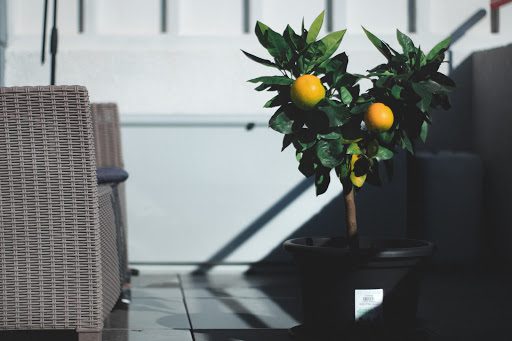
Citrus Bonsai Fruit Trees
Citrus trees make resilient, quick-growing bonsai. Meyer lemons and mandarin oranges are common varieties. These subtropical varieties retain their leaves year-round and flower annually. Once mature, these bonsai fruit trees produce full-sized citrus fruit you can pluck and enjoy fresh—win!
Citrus Bonsai Care
- Citrus bonsai like it HOT. If you live somewhere warm, they can be kept outside year-round. They’ll be happiest in the sunniest part of your yard.
- If you live in a temperate region, you’ll need to bring your bonsai tree inside during cooler months. Look for a south-facing window and supplement with a growing light if necessary.
- Citrus bonsai aren’t quite as thirsty as crabapple trees. Once the surface soil has died—but not longer!—water your tree until the water runs out the bottom.
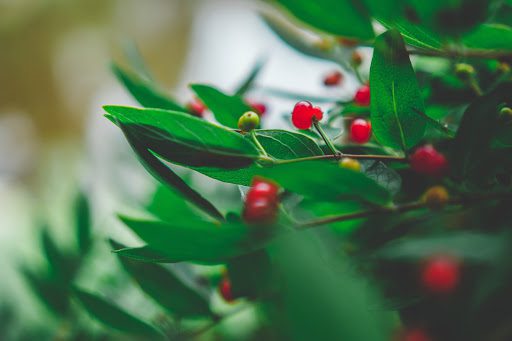
Cherry Bonsai Fruit Trees
With gorgeous pink flowers and tight clusters of shiny red fruit, cherry trees are a bonsai enthusiast’s delight. These flexible trees can be trained to grow in a variety of ways, from tall and wispy to dense and stout. The “Bright and Tight” species is a common bonsai fruit tree variety.
Cherry Bonsai Care
- Cherry bonsai are a mild tree and do well indoors. They like sunlight, but do best when protected from harsh noon rays. Give these babies a little shade!
- When it comes to temperature, mild is the name of the game. Cherry bonsai prefer neither chilly air nor hot shade. Find a spot that gets it just right.
- Your tree will prefer damp soil: water once the top soil has dried but the lower layers are still moist (a soil moisture meter can help!).
- Consider gently misting this bonsai fruit tree between waterings to keep it perky!
Get Your Fruit On
With the right care, conditions, and patience, you can grow a bonsai fruit tree from any species! Other bonsai fruit trees to consider include:
- Mulberry
- Fig
- Olive
- Pomegranate
- Lime
- Pear
- Coffee (Yes, they fruit!)
Fertilizing Bonsai Fruit Trees
As with any bonsai, properly fertilization for your bonsai fruit tree is essential for good health. Check out Bonsai Resource Center’s Ultimate Guide to Bonsai Tree Fertilizer to start off on the right foot!
Advanced Bonsai Fruit Tree Care
Once you’ve mastered the basics of bonsai fruit tree care, the sky’s the limit. This guide to advanced bonsai tree care will help you grow a (tasty!) work of art.
Are all bonsai fruit trees edible?
Bonsai fruit trees are genetically identical to their life-sized counterparts. That applies to the fruit they produce as well. If you can eat the fruit in nature, you can eat it off a bonsai. Do a quick internet search if you’re uncertain about a particular species, and mouth-water away!
How long does it take for a bonsai fruit tree to mature?
Don’t expect fruit after a few months; just because your tree is small doesn’t mean it will grow faster. Some species can take up to five years to reach maturity. But, as with all things bonsai, the wait is part of the reward.
Bonsai With Us!
The Bonsai Resource Center is here to help you learn the best bonsai fruit tree care and provide you with the tools you need to keep your tree healthy and strong. Explore our other articles, visit our online shop, and connect with other bonsai lovers in our Facebook group to learn everything you need to know about this rewarding hobby!

